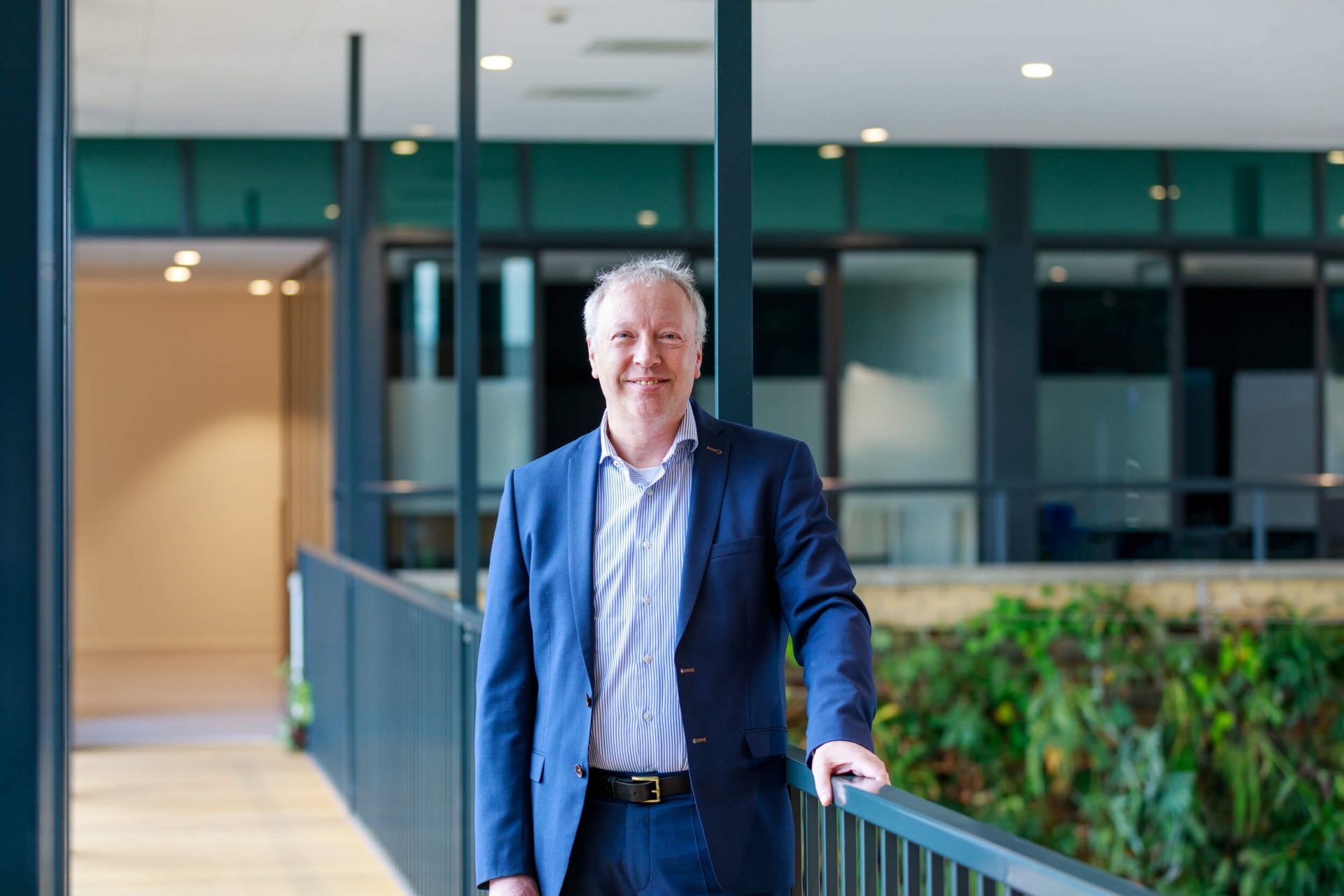 By Gert-Jan Gruter, Chief Technology Officer at Avantium
By Gert-Jan Gruter, Chief Technology Officer at Avantium
The environmental impact of the world’s industrial revolution has been dominating the news for years. It has become the priority for many bright minds globally with more and more innovative solutions emerging from the fear that we are running out of time.
CO2 is the largest contributor to greenhouse gases and is currently at the highest level ever recorded. It originates from burning fossil fuels and in the production of electricity, fertilisers, chemicals, steel and cement. The greenhouse gas effect is responsible for climate change – the shifts in our planet’s weather and climate systems. Climate change, in turn, has a complex and drastic effect on our ecosystems.
Imagine if we could capture the CO2 from emissions and convert the carbon into useful chemicals and materials. We would then be able to reduce atmospheric CO2 while avoiding the need for carbon from fossil resources like oil. A true win-win.
Governments have become more involved in imposing sustainability measures and setting deadlines and targets for big brands on emissions. The EU wants to cut CO2 emissions by 40% compared to 1990 levels by 2030. And at the same time, consumer demand for materials with significant carbon footprints, such as single-use plastics, is increasing. We need new solutions.
The world is progressing in its transitioning to zero-emissions vehicles as the targets have impacted the oil and motor industry. While transport can shift towards electric power to cut CO2 emissions, the answer for other sectors is more complex. There are no readily available solutions in, for example, the cement and steel industries, leaving them to struggle to meet these emission targets.
With the clock ticking for companies to adapt to new measures, some are turning to carbon capture systems to help offset their CO2 emissions. This technology area captures CO2 for storage (referred to as Carbon Capture & Sequestration or CCS) allowing companies to achieve a neutral or negative emissions figure. In addition to offsetting emissions, this technology can be integrated into industrial processes that emit CO2 to actively reduce the release of the greenhouse gas into the atmosphere. CCS is one way to decrease atmospheric CO2 and help to prevent the rise of global temperatures, but the approach is very challenging from a strategic business point of view and would not solve the world’s feedstock issues to create a circular solution.
While CCS removes atmospheric CO2, it goes no further in creating a more sustainable way of life. To create a truly circular economy, we need to find a way to utilise these emissions as a component of industry production. This is called Carbon Capture & Utilisation or CCU. We rely on sources of carbon across all supply chains for industry production but next to biomass, CO2 is the only alternative source of carbon and should be a starting point for the next generation of technologies. CCU technologies are sustainable at their core, and when paired with renewable energy could be the answer to the circular economic future we have been looking for.
Developments in electrochemistry provide the answers for using CO2 as a feedstock for the production of sustainable chemicals and materials. These new technologies are still in the development stage. One is Avantium’s Volta program, the leading technology platform developing CO2 utilisation solutions. Volta can be fed via Direct Air Capture (taking the very low concentrations of CO2 out of the air) or use the emissions from large industrial installations like concrete and steel factories as the feedstock for the production of high value ingredients, chemical building blocks and fuels. This technology could yield carbon for use across different supply chains from beauty and personal care products to packaging materials and jet fuel – all made from the carbon taken from captured and stored CO2, with not a drop of oil pumped from the ground.
While we can all do our part to reduce carbon waste in our everyday lives, most processes and technologies we depend on today will further flood CO2 into our atmosphere. By using next generation technologies, we can turn carbon waste into a feedstock and truly combat the negative effects of the greenhouse gas, the depletion of resources, and create a perfectly circular economy. The key to this is out there and with collective effort, we can begin to see that the future is in our hands.
Biography of Author
Gert-Jan Gruter has been Avantium’s Chief Technology Officer since 2004. Before this, he was responsible for setting up the Chemicals Service Business (2000-2004) and was a Group Leader New Catalyst Research at DSM (1993-2000). Dutch Native, Gert-Jan holds a PhD in Chemistry from the Vrije University of Amsterdam. Gert-Jan believes that transitioning to a circular society is crucial in times when all elements on the periodic table are in danger of extinction. His personal mission is to help develop large-scale novel sustainable technologies that, at full commercial scale, are superior to fossil technologies by price and performance.
 If you were interested in this bioeconomy-based expert view, you may also be interested in the stories below.
If you were interested in this bioeconomy-based expert view, you may also be interested in the stories below.
Read: AI helps scientists upcycle waste carbon
Read: Spotlight on feedstocks: Carbon-loving materials designed to reduce industrial emissions
Read:Forest-based biomass industry: Where are we today and where are going tomorrow?
Read:Expert View: Europes policy to treat wood as low-carbon fuel poised to harm global forests.





